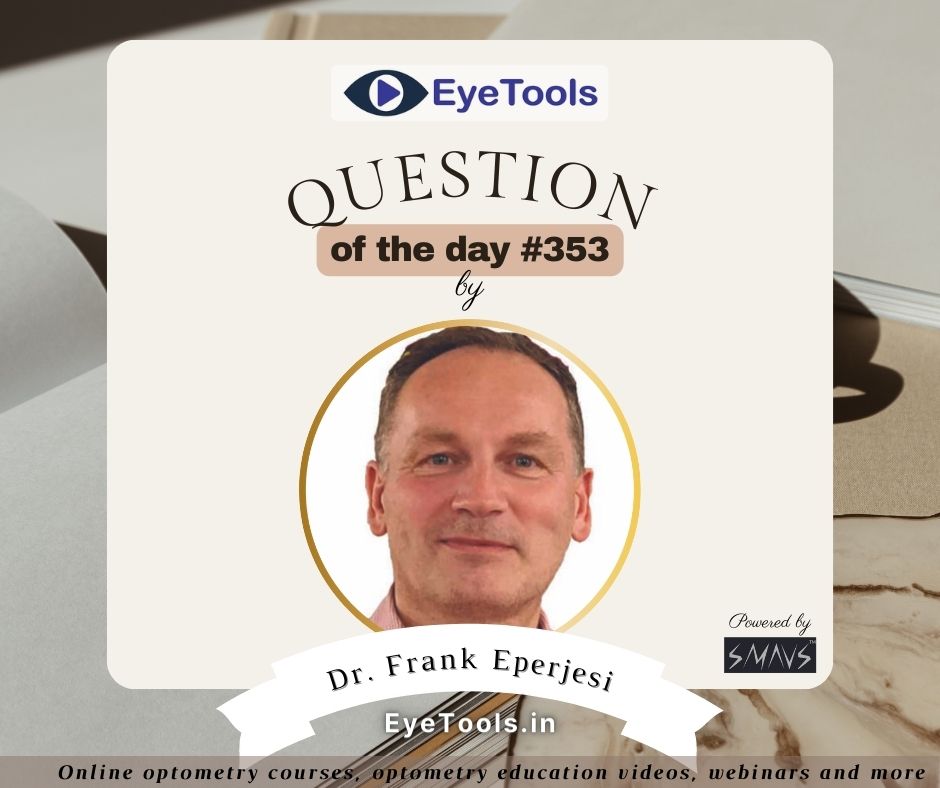
Welcome to question of the day #353
I’ve heard it said often that people can read better with good reading light because the light increases the contrast of the print. Is this true?
No it isn’t. The contrast of the print is a function of the difference in reflectance from the print and the reflectance from the background of the page. The reflectance of the print and the background are fixed properties of the ink used to make the print and the type of paper used.
Putting more light onto a page cannot change these fixed properties and it cannot change the difference between the two reflectances so light cannot change the contrast of the page.
What good light on the page does do is change the contrast sensitivity of the eyes. So the effect of the light is in the eye and not on the page.
Good reading light allows people to see things of a poorer contrast than without a good reading light.
The light also reduces pupil size and the associated increase in depth of focus will also allow print to look clearer.
This is especially true for people with age-related macular degeneration. Improving contrast sensitivity of the eye with good illumination allows reading of print 25% smaller than with poor illumination.
As good light allows people to read smaller print it allows for lower power reading glasses and/or magnifier to be used which in turn allows for increased reading distance and a wider field of view.
There is also a benefit for people with cataract as the lens opacities block light from reaching the retina. Extra light on the page means extra light into the eye and more light can pass through the lens opacities to the retina, resulting in improvement in contrast sensitivity and reading of smaller print.
For people with cataract the reduction in pupil size should also help unless the lens opacity is small and central.



1.jpg)



.jpg)
.jpg)



_(Instagram_Post).jpg)
.jpg)
_(1080_x_1080_px).jpg)


with_UP_Cabinet_Minister_Sh_Nand_Gopal_Gupta_at_OpticsFair_demonstrating_Refraction.jpg)
with_UP_Cabinet_Minister_Sh_Nand_Gopal_Gupta_at_OpticsFair_demonstrating_Refraction_(1).jpg)

.jpg)








.jpg)



.png)




